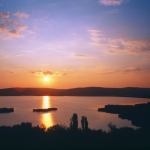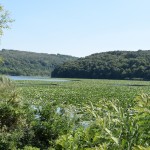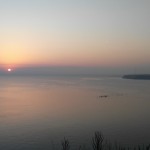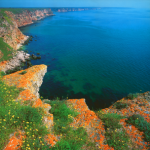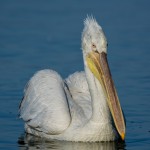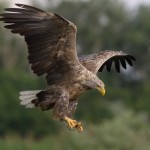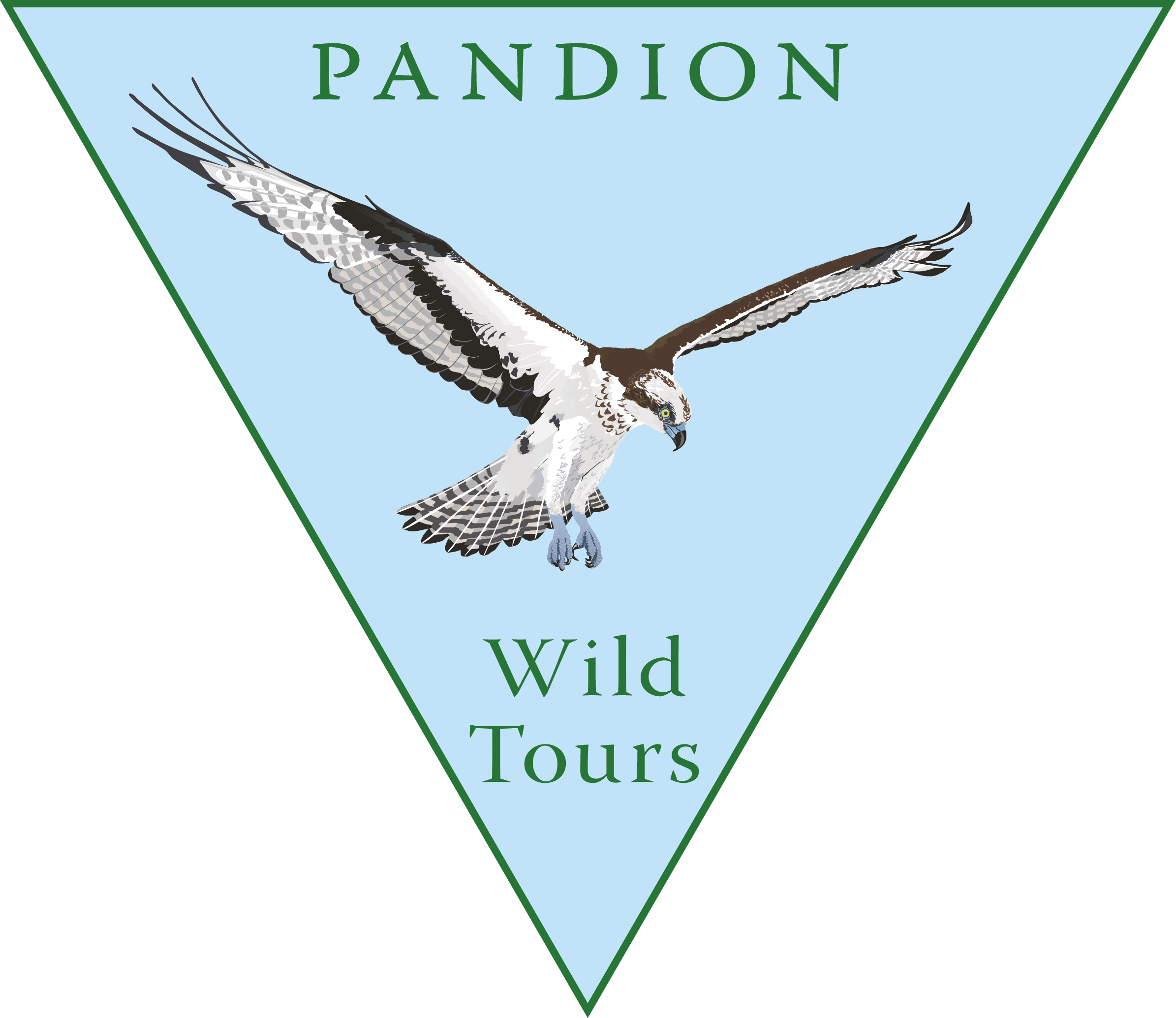BIRDS OF DOBRUDZA AND NORTHERN BLACK-SEA COAST (BULGARIA)
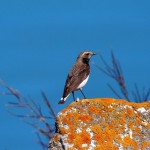 Best time: 15 April – 5 October.
Best time: 15 April – 5 October.
Day 1
After breakfast we set off for Srebarna Reserve where we are going to spend the whole day in watching rare and interesting species of birds like: The Black, the Red-necked, the Little and the Great Crested Grebes, the Dalmatian and the White Pelicans, the Pygmy Cormorant, the Little Bittern, the Squacco Heron, the Little and the Great Egrets, the Night Heron, the Purple Heron, the Glossy Ibis, the Spoonbill etc. Night at PBL.
Day 2
After a short driving (about 3 km in one direction) we are approaching the Garvan and Malak Preslavets marshes. Both these marshes are surrounded by small clumps of trees and bushes. Such a landscape contributes to the extraordinary diversity of bird species. We will be expecting to see the following species of birds: the Ruddy Shelduck, the Garganey, the Ferruginous Duck, the Whiskered tern, the Kingfisher, the Golden Oriole, the Wood lark, the Black-headed Yellow Wagtail, the Levant Sparrow Hawk, the Goshawk, the Honey Buzzard and many others. Night at PBL.
Day 3
This day what waits for us ahead is a somewhat longer trip (about 100 km in one direction), our goal being the visit of the rocky valley of river Roussenski Lom. This entire area abounds of very beautiful sights with its deep river valleys and surrounding cliffs growing right out of the river water. Along with its nature beauties this valley has been well-known with the ancient settlements of the first Christians in these lands who had lived in caves located in the cliffs along the river banks. Those Christians had also hewn their monasteries and churches into the rocks in which even today one can see ancient wall paintings. In this parts we expect to see the following species of birds: The Egyptian Vulture, The White and the Black Storks, the Lesser Spotted Eagle, The Hobby , the Roller, the Bee-eaters, the Hoopoe, and many others. Late in the afternoon we’ll be on our way back to PBL.
Day 4
After the longer transfer the previous day today we will have only a promenade around the PBL area. We will visit the countryside area called ‘Baltata’. This is a wetland located between the Danube and Srebarna Reserve. In early spring this area is flooded by the swollen waters of the majestic river. The vegetation there consists of poplar trees, willows, various bushes and reeds. This type of vegetation gives chances to such interesting species of birds like Penduline Tit, the Bearded Tit, almost all of the European species of woodpeckers, the Hawfinch, the Nightingale, many species of warblers, the Golden Oriole and many others to find the habitat that suits them most. Night at PBL.
Day 5
Now, a transfer of 180 km waits for us: we have to go to the region of the town of Kavarna situated on the Northern Black Sea Coast. We will be arriving there about noon and will right away get down to watching birds. We will also visit the seaside nature reserve of Kaliakra
Kaliakra is the southernmost area of real East-European steppe and as far as the eye can see there is only steppe interspersed here and there with shrubs and small stunted trees. Unfortunately there are also many agriculture fields, but this is the main Bulgarian cereal producing region. The rocky coastline here falls away into the Black Sea and Cape Kaliakra itself is an ideal vantage point for scanning for raptors as well as enjoying the stunning scenery. In front of us are the remains of the ancient Kaliakra fortress, which is shrouded in legends. Depending on the season here one can watch the following more interesting species of birds: the Kalandra lark, the Short-toed Lark, the Tawny pipit, the Pied and the Isabeline wheatears, the Red-backed shrike, the Lesser Grey shrike, the Woodchat shrike, the Alpine swift , the local subspecies of the m European Shag and many others. Late in the afternoon we will return to the local hotel where we will spend the night.
Day 6
Today we will be visiting Lake Durankulak, a mainly brackish lake that lies six kilometres from the border with Rumania. Glossy Ibis, Pygmy Cormorant, Ferruginous Duck, herons, White Pelicans, the White and the Black Stork, the Marsh harrier (also the Montagu’s, the Hen-, and the Pallid harriers during migration), the Long-legged Buzzard, the Red-footed Falcon, the Paddifield warbler.. After lunch we will visit Shabla marshland and Shabla Lake, where hopefully we will see a lot of the Black Headed Bunting (May, June, 15 July), many species of shore birds, and many others of the waterfowl.
After that we will visit the rocky coast and rocky steppes, which form the Yailata (archaeological) reserve – the kingdom of larks and other steppe birds. Night at Kavarna hotel.
End of the tour.
Day 7
Transfer to Varna airport or traveling back to PBL.
The number of observed birds, depending on the season, may vary from about 100 to about 180.
Tourists may run this program in two ways:
- Independently (i.e. using their own transportation means), by the tourists themselves and if this will be the case the PBL employees will only supply the necessary additional information. The tourists then will pay the price for the night’s lodging according to the programme and the pricelist in Section ‘Prices’. Tourists will also have to pay the travel and accommodation costs to the region of the Northern Black Sea Coastal area.
- By renting a vehicle and an expert-guide from PBL. In that case guests will pay the following prices in Euro.
Prices
| Group of paying pers. | 1 | 2 | 3 | 4 | 5 | 6 | 7 | 8 |
| Dbl room occupancy per person | ||||||||
| B&B | 1150 | 672 | 512 | 433 | 385 | 353 | 330 | 313 |
| HB /Packed lunch/ | 1198 | 720 | 560 | 481 | 433 | 401 | 378 | 361 |
| FB | 1258 | 780 | 620 | 541 | 493 | 461 | 438 | 421 |
| Sgl room | + 70 | |||||||
Booking: Please use the Prices and Booking section of our website to send your requests.
- Srebarna Lake Reserve
- Maluk Preslavets Marsh
- Cape Kaliakra
- Cape Kaliakra
- Dalmation pelican© Pandion
- White-tailed eagle © R.Tsvetkov


